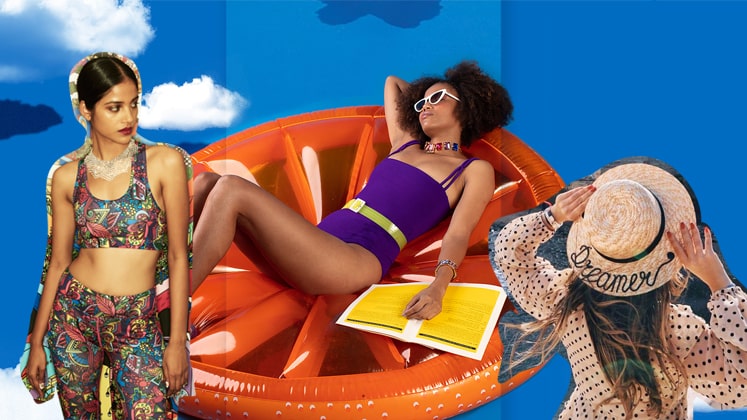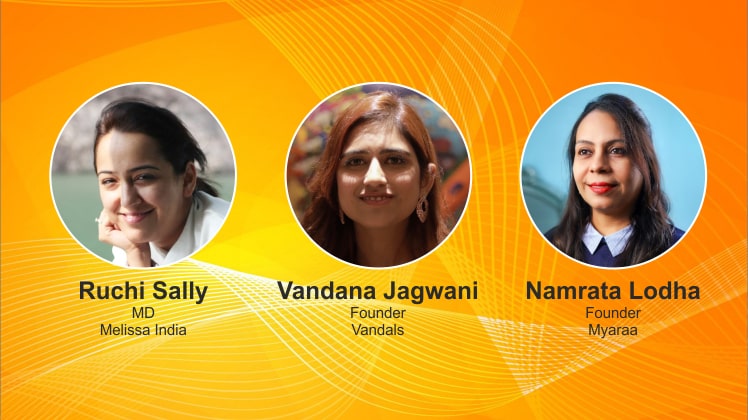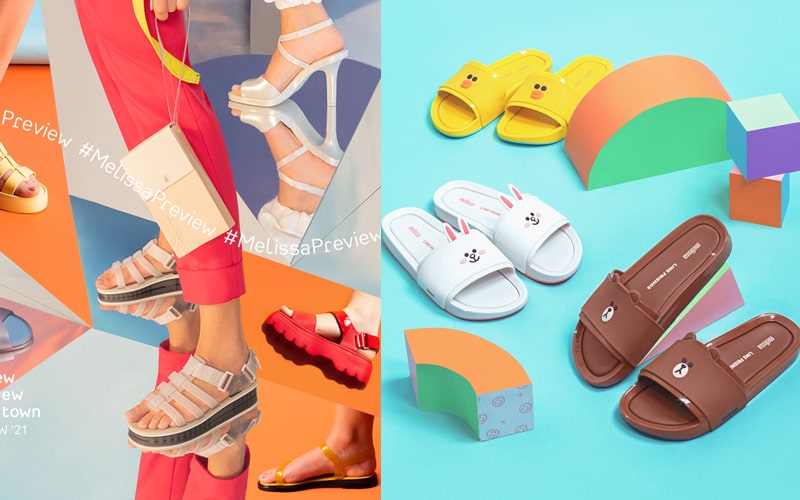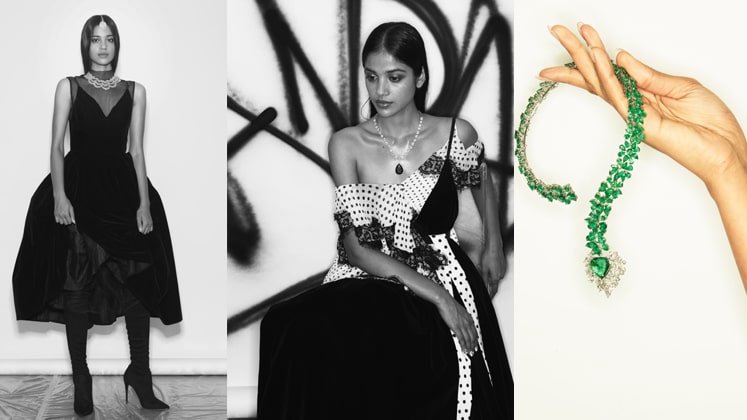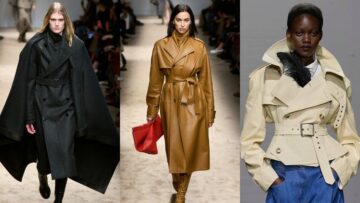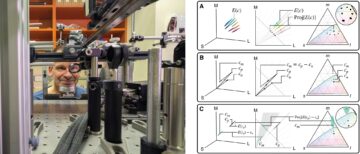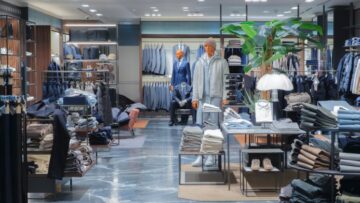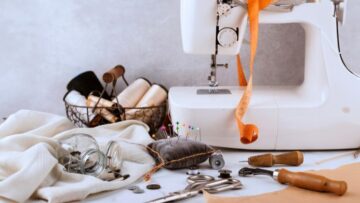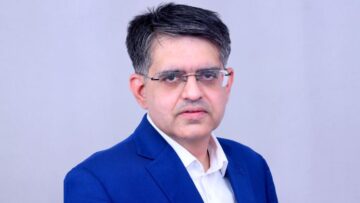Often overshadowed by the apparel segment, the smaller yet key fragments of the fashion industry are overlooked when it comes to conscious fashion practices. However, given the current times, a sustainable approach to fashion is now the only way for a business to thrive in the market. As India exerts its significance as an up-and-coming popular retail hub, several domestic and franchised brands are taking it upon themselves to not only practice business models that promote conscious fashion, but also aim to educate consumer groups about how their buying choices are impacting the environment in a big way.
Apparel Resources converses with three such popular brands hailing from the non-core fashion industry, but have taken significant steps to make their products emblematic of the new-age fashion industry that embraces sustainability and circularity as its intrinsic parts instead of mere PR additions.
Melissa: Putting the right foot forward
The global sustainable footwear market size was valued at US $ 7.5 billion in 2019 and is expected to grow at a CAGR of 5.8 per cent from 2020 to 2027 as per a recent report by grandviewresearch.com. Melissa, with origins tracing back to 1979 in Sao Paolo, Brazil, is now a global footwear brand celebrating an international presence in over 90 countries. Producing about 176 million pairs of shoes and 400 new product launches each year, Melissa has also brought to India a range of footwear that utilises plastic in a way that is sustainable with an added promise of durability and versatility.
Also Read: Top Trends in Sustainability in a series of 4 trend features by Apparel Resources
Conscious of the demand pattern and local choices of India, the brand offers a wide range of Melissa, Mel and Mini catering to women and kids, with recent launch of Genderless collection. Vivienne Westwood, Jason Wu, and Campana Brothers are some designers that are performing well for India.
Ruchi Sally, MD, Melissa India, says, “Melissa is committed to sustainability and we have always believed to have a balance between economic growth, social inclusion, and valuing local cultures. Our sustainable development policy follows the UN sustainable development goals and is a series of actions; our products are 100 per cent recyclable and vegan. We believe in reusing, and take actions to reduce water consumption and treat and reuse everything we consume. 100 per cent water will be treated and reused by the year-end. We work to ensure reliable, sustainable, and affordable energy access and have renewable energy in our factories. Being sustainable also means taking care of our people and we follow ethical practices to take care of our people.”
The brand’s biggest USP lies in their choice of material, as they revamp plastic to create shoes that support the ‘fashion with comfort’ category. Embracing the true potential of used plastic and be a part of a solution, Melissa offers products that use proprietary material called Melflex which is highly elastic, hypo allergenic, and can be 100 per cent reused as many times. A project they are adopting for international stores is having bins for collecting Melissa’s that you no longer wear and further recycling them for more.
Vandals by Vandana Jagwani: The lab-grown Diamond Revolution
A segment often associated with unethical practices and deepest manipulation of earth’s intrinsic resources is the jewellery and precious stones industry. However, recent milestones have been key to championing traceability; although in early stages, IBM has introduced blockchain technology to verify the jewellery supply chain, and DeBeers is using blockchain to trace the diamond supply. Precious metals and gems supplier Hoover and Strong has focused on introducing Fairmined gold and silver, offering both traceability and positive social impact.
Precious stones have been rallied against several environment and human rights enthusiasts. However, with a penchant for curbing both the evils of stripping the earth of its natural resources and harming the workers who are involved in mining and extraction of stones, Vandana Jagwani, a 28-year-old finance alumna from Boston & London, ventured into the revolutionary concept of synthetically lab-grown diamonds with her jewellery brand, Vandals. “I came across the concept of lab-grown diamonds which fascinated me, as I couldn’t tell the difference with the naked eye or microscope. On further research, I realised how it’s not a simulant but a real diamond with added advantages. The quality of lab-grown diamonds being more environmentally kind and affordable as a product fascinated me,” shares Vandana.
Also Read: Every bit counts: Redirecting fabric waste to craft new products
The brand partners with growers for diamonds, and with Vandana’s family background belonging to the jewellery industry, they further turn these stones into modern renaissance pieces imbibing the latest trends.
Vandana elucidates about how these diamonds are created by subjecting carbon to high temperatures and pressure in a controlled environment, and the diamond growing process has two main methods – High Pressure High Temperature (HPHT) and Chemical Vapor Deposition (CVD). She avers, “For HPHT diamonds, a small diamond seed is placed in carbon, and using one of several manufacturing processes, the seed is introduced to an environment of extremely high pressure and temperature conducive to diamond growth.” Meanwhile, a CVD diamond is a thin slice of diamond seed placed in a sealed chamber and exposed to a carbon-rich gas, which is in a way microwaved to break its molecular bonds. Once the breaking down begins, pure carbon sticks to the seed and a new diamond forms.
A revolutionary offering of new-age technology coupled with traditional yet contemporary designs, the brand is manifesting its philosophy of revolution outside of societal rules and creating your own ideology to change consumer outlook towards jewellery. With a timeless yet chic offering of earrings, necklaces, bracelets, and rings, Vandals is successfully shipping internationally and has a great demand from South East Asia and the Middle East in addition to its Indian demand.
Myaraa by Namrata Lodha: Weaving accessories with strength of women communities
Accessories is a segment that enjoys immense diversity on product, materials and even utility, making it a great investment. Several brands and designers are striving to steer away from animal sourced mediums and move towards fashion-conscious alternates like coconut extracts for faux leather. One such brand that has carved its niche in the bespoke hats segment is Myaraa by Namrata Lodha, launched in 2019. This entrepreneurship journey started in a living room with a germ of an idea, says Namrata, “to (re)introduce the concept of hats as an accessory but with a unique design element in it.”
Taking cues from her backyard in Harda, Madhya Pradesh, including many wheat farms, she observed how local artisans use the remaining wheat grass after harvest to create baskets, simple tools and handicraft items. Travelling to the West, Namrata saw several demographics in the US wear the exact same wheatgrass which were molded and styled in different shapes and sizes, and the idea of Myaraa was birthed.
Inspired by the natural grass fibre baskets and tools from Madhya Pradesh, Myaraa’s hats are today designed in a combination of Indo-Western styles and can be personalised with names, messages, or occasions. “The hats are 100 per cent vegan and natural grass products that are wildly popular and eco-friendly. Our raw materials are locally sourced from the farmlands and workshops nearby. After designing and customisation, research & development goes into workshops and training rooms that aim towards empowering local rural women whose families abandoned them for marrying outside their communities or for being a widow. The venture trains these women in designing hats, and learning the English language as well to enable them to writing scriptures and doing embroidery work for custom patch works,” Namrata shares.
The label is working on adding new products like fringe hat and ruffle hat to its straw-hat collection.
Their vision is fast-paced, forward-thinking and fashion-centered at its core, and their products are spreading love in 50+ countries and counting!
In its entirety, the non-core fashion industry fragments are now putting themselves on the fashion-conscious radar and are becoming trailblazers in adoption of sustainability towards the planet, process, people, and their final products. One common perspective of the three labels is educating customers of their buying choices and how they impact the environment and people, and their campaigns and products are working vigorously each day to realise this aim.
Also Read: Selling on an affordable price tag: The Affordly story

